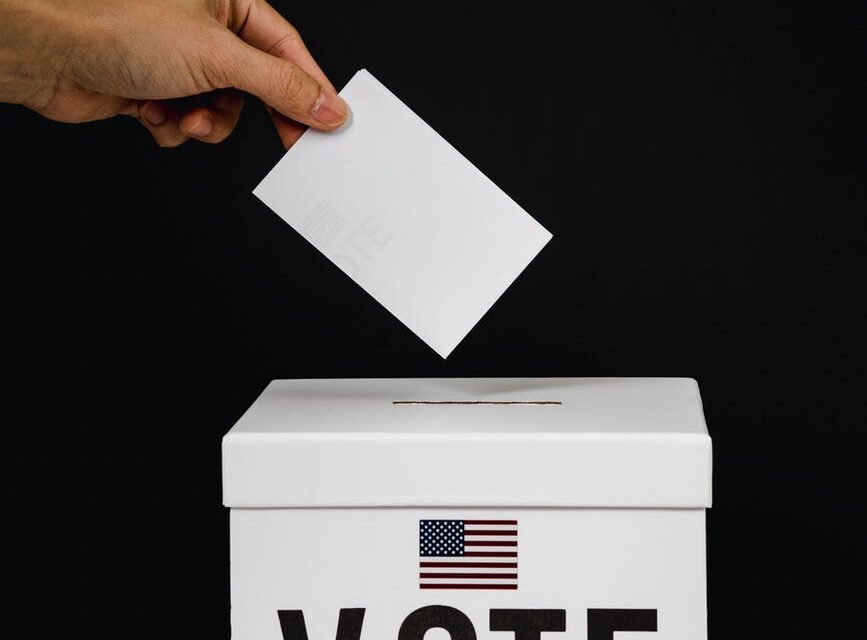Abigail Yarrison ‘24, Editor in Chief
Friday September 17th was Constitution Day in America. Immaculata celebrated the 234th birthday of this great document with a presentation in the Rotunda discussing voting in the Constitution. The presentation was given by Dr. Joshua Weikert, the advisor for the Alpha Rho chapter of Pi Gamma Mu, Immaculata’s Honors Society. Dr. Weikert’s presentation was informative and brief, educating students and faculty alike on what the Constitution has to say about voting rights.
A surprise to many in the audience, voting rights are not specifically mentioned in the Constitution. In Article 1 Section 2 it is written, “The House of Representatives shall be composed of members chosen every second year by the People of the several states…” This is the only section in the Constitution that mentions voting, until the Amendments, specifically the 15th, 19th, and 26th. These amendments declare that “the right of citizens of the United States to vote shall not be denied or abridged by the United States or by any State on account of…” race, sex, and age respectively. As Dr. Weikert explained, voting is not written explicitly in the Constitution because it is already guaranteed by it. Article 1 Section 2 guarantees the privilege of voting to “the People of the several States.” Of course, at the time the “People” were only property-owning white men, but we can still appreciate the start of democracy in our country.
Guaranteeing voting rights for all Americans has never been easy. In 1965, President Lyndon B. Johnson signed the Voting Rights Act of 1965 in response to some states in the south not following the commands of the 15th amendment, and using practices such as literacy tests and poll taxes to discriminate between voters. President Johnson rebuked these practices saying, “It is wrong—deadly wrong—to deny any of your fellow Americans the right to vote in this country.”
Today, a more modern form of unconstitutional voting processes is used to shape elections. Gerrymandering is a term for the practice of distorting the boundaries of electoral districts to give a certain political party the advantage in the election. The term originated in 1812 when Governor Elbridge Gerry looked at the bizarre drawings of the districts borders of Massachusetts and exclaimed that one looked like a salamander. As Dr. Weikert explained, the state legislature is in charge of drawing the district map, and usually the majority party will be in control of the legislature. This is a problem because in many districts the outcome of voting is predetermined, basically every vote probably doesn’t count.
As this country faces more and more difficult political problems, let us remember that “promoting the general Welfare” and “securing the Blessings of Liberty” are important values held in the Constitution and we should reflect these values in all our decisions. Let us remember to turn to the Constitution as a guide for our country as it was made to be. Happy Constitution Day!
Source: The Washington Post





